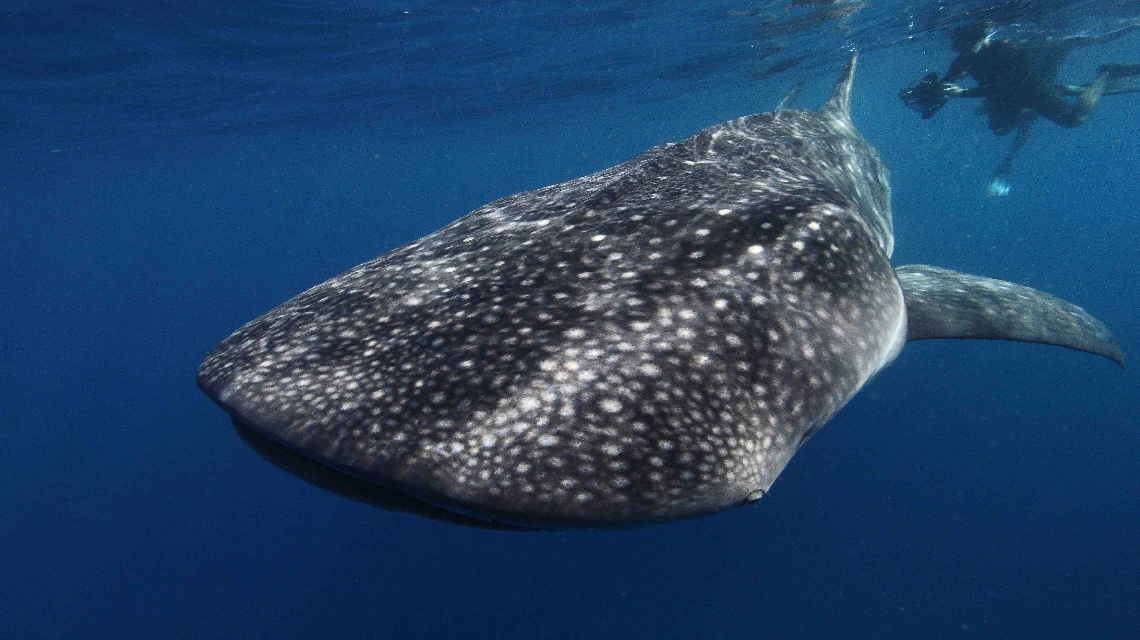Whale sharks are among the largest living fish in the world - weighing up to 40,000 pounds and 40 feet in length. They are also so docile that humans often swim with them without concern, snapping photographs of their incredible size.
But it is exactly their enormous bulk that had an international commission adopt restrictions protecting them from impacts associated with the international tuna purse seine fishing in the Eastern Pacific Ocean (EPO).
Commercial fishermen have known for some time that tuna, along with many other species of fish, congregate around objects drifting on the ocean surface. Fishermen often build floating structures called FADs, or fish-aggregating devices, to attract tuna to an area, allowing them to capitalize on this behavior. Using FADs makes the job of finding and encircling the tuna in the purse seine nets much more efficient.
Fishermen also learned that whale sharks are so large that they naturally attract tuna, much like a FAD. This led some fishermen to deploy nets around a whale shark to capture tuna swimming beneath it. In many of the cases, the encircled whale shark was also caught in the net and injured or died.
To protect whale sharks from this harm, the Inter-American Tropical Tuna Commission (IATTC) adopted a resolution, by consensus, in 2013 prohibiting the placement of a purse seine net around whale sharks and requiring the release of whale sharks unharmed in the event that they are inadvertently encircled by a net.
While setting on whale sharks is not a method used by U.S. tuna fishing vessels, NOAA Fisheries issued regulations in September prohibiting the practice by the U.S. fleet operating in the EPO. These regulations ensure that the U.S. is meeting its obligations under the IATTC resolution. Chris Fanning, a fishery policy analyst with NOAA Fisheries’ West Coast Region who helped draft the regulations and has swam with whale sharks said, "These are some of the most incredible animals in the ocean, and while U.S. fishing vessels don’t engage in this practice, we are very supportive of this international resolution to help protect these amazing creatures."
Every whale shark has a unique pattern of spots and stripes on their skin, much like a fingerprint is a unique marker of individual humans. The animals are known for their colossal mouths, which are nearly five-feet in diameter and siphon plankton, small fish, and larvae as they swim through the ocean. Whale sharks are found in tropical and warm ocean waters and live approximately 70 years.
For more information, visit www.fisheries.noaa.gov/stories/2014/08/8_12_14surprisingfacts_whale_sharks.html.





